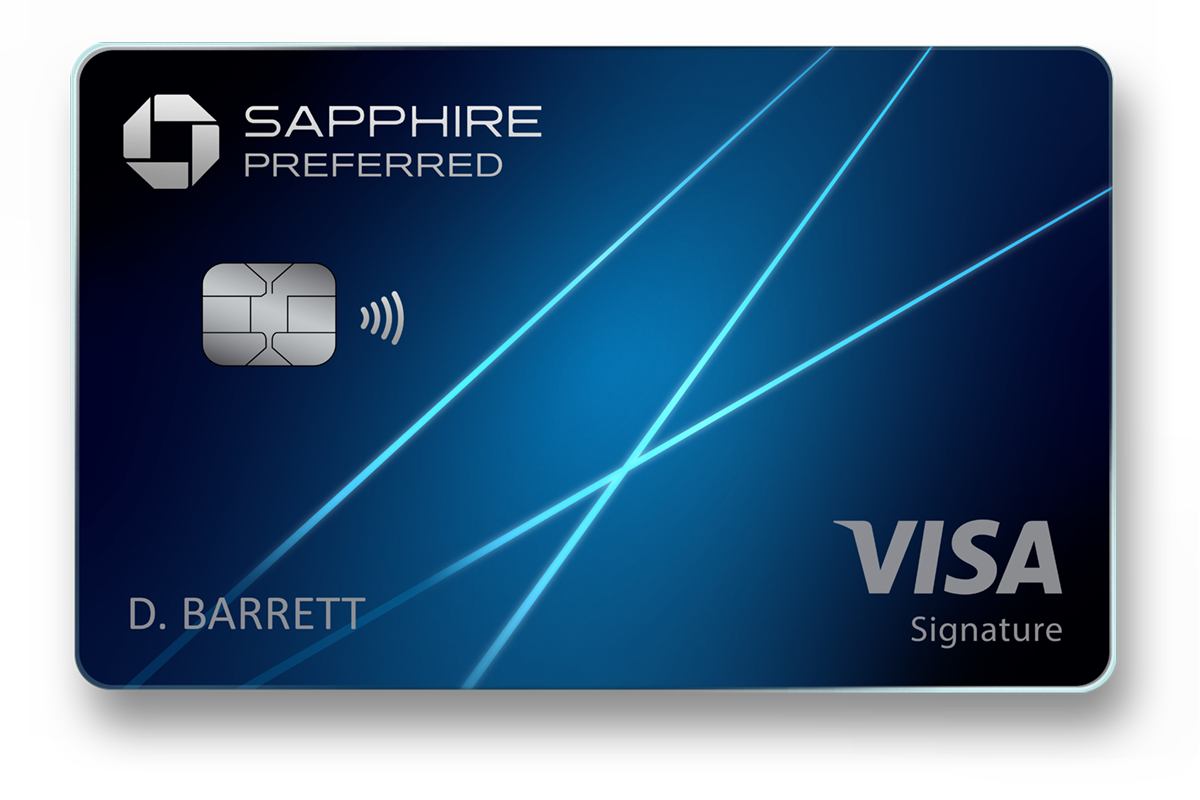Planning a trip to NYC aka the Big Apple seems like a fun idea until you become overwhelmed with the hundreds of hotels, dozens of attractions, tours, and activities to cram in, and all the crisscrossing subway lines aka the NYC Metro. Can you say information overload!?
Here are my tips on how I planned a 6 day trip to NYC, scouted the perfect hotel location, and created a streamlined itinerary to check off the most bucket list items on our first trip.
Picking the Hotel
Picking your hotel in NYC should either be your first or last item depending on your goals.
Dream Hotel Location
If you dream of staying in a hotel overlooking Central Park or Times Square, your hotel choices will automatically be narrowed down. Several stunning hotels offer full or partial views of Central Park on the south, east and west sides, but may be further from the NYC metro.
Here are some top choices:
- The Plaza
- Park Lane New York
- JW Marriott Essex House New York
- The Ritz-Carlton New York, Central Park
- 1 Hotel Central Park
- Park West Hotel
- Residence Inn by Marriott New York Manhattan
- The Pierre – a Taj Hotel
Likewise, a stay in a hotel overlooking Times Square may be enticing, but being in the action 24/7 might not provide peace and quiet after a long day. In either case, if your heart is set on a specific hotel or location, you will build your trip around that hotel.
Flexible Hotel Plans?
If you want to find a centrally located hotel for your activities and attractions, you will pick your hotel last after you have scouted your locations. This can sometimes be a blessing in disguise since you have more options on the location and can sometimes find gems you weren’t looking for.
When picking a hotel that fits your activities, you can make your selection after planning out the places you’ll be in. This will keep you closer to the action and spend less time traveling all around Manhattan, allowing you to squeeze in a few more places to visit!
Navigating the Metro
Let’s talk about the NYC Metro or subway system. This system is vast, impressive, and daunting for those without a major metro system in their hometown. Don’t worry, I’m going to break it down for you!
The Lettered and Numbered Lines
There are letters and numbers as well as colors – which we found have no correlation to anything at all. If you ask a local New Yorker how to find the “red line” they won’t answer you since the 1, 2, and 3 lines are all red – and go to different places.
The lingo of uptown, downtown, and across town also are unique to how the metro runs across NYC. In short, uptown is referring to the higher-numbered streets, likewise downtown is referring to the lower-numbered streets, and across town is going across the town.
A metro line may go uptown and across town depending on where the line is, so don’t focus too much time on this. You can look at the NYC Subway Map to get a better idea of where things are.
Still confused? Don’t fret, there’s an easier way to visualize the system – you guessed it: Google Maps.
Google Maps Using Transit
I used Google Maps with the Transit layer on to see the metro lines. This was an easy way to add my top attractions and activities and see where they were compared to the metro. I used this method to plan out my itinerary and base my choices for hotel locations.
To add this layer, simply open Google Maps. In the bottom left corner, click the Layers icon, then select Transit. The Map will update with the transit lines and show the routes, stations, and transfer spots in one easy map view.

Getting To/From the Airport
An easy way to get into the city without spending time in traffic is to use the AirTrain and Metro. The AirTrain links JFK, LaGuardia, and Newark airports with the NYC metro system, allowing you to ride into the city for a fraction of the cost of a taxi, ride share, or private car. You will need to buy a separate pass for the AirTrain at $8 to ride to and from the airport.
Get the Metro Pass
From all the research on how to navigate the city and explore the most places, I found the Metro to be the best form of transportation. For $33, you can get a 7-day pass with unlimited swipes (rides). This is an incredible value as you will be hopping on/off to explore the city multiple times a day.
Swipe, Hop on, Hop off
Navigating NYC and the many, many attractions and activities will have you running all over town. Using the Metro, you can easily swipe, hop on, and head to your next destination. With the unlimited 7-day pass, there are no rides to count, leaving more flexibility to hop on and hop off to your heart’s content.
Choosing the Activities and Attractions
With so much to see and do in NYC, you will need multiple trips to hit them all. An easy way to maximize your trip is to list out all of your top things to do and put them on a map. Using Google Maps, place each attraction on the map. Combined with the Transit feature, you can view the locations of the attractions and see what is nearby to group items.

There is no right or wrong way to pick the attractions as this will be as unique as we all are. Interested in museums – plan a day for just that! Want to see historic buildings, explore the vast array of buildings and build a walking/metro tour to see them all.
List out your top priority items and then group secondary items to build the day. This tip was extremely helpful when we overestimated our budgeted time and we added a few extra sites.
Creating the Itinerary
Once you have a list of things to do, a general idea of the Metro lines, and have narrowed down your ideal hotel location – it’s time to put it all together!
If you haven’t picked a hotel yet – now’s the time. With your attractions and activities planned out, check the Metro locations and find a hotel that is most convenient for you and fits your budget.
Based on our interests and the Metro routes, we planned to stay at a hotel on the west side of Central Park near the Metro 1 Line. This allowed us to transfer trains at Penn Station, Times Square, and Columbus Circle to navigate the city.
Create a Schedule
For trips with lots of things to do, an easy way to maximize your time is by creating a schedule. Using Google Sheets is a great way to create a daily itinerary that you can also access on your phone.

- Add your trip date in cell C2. This will change the calendar dates and names for your week.
- Add concrete timed items. Think ticketed entry or timed entry things like shows or dinner reservations.
- Add secondary items that are nearby. Remember to budget time for transportation too.
- Make a note of additional items if time allows. These items can easily be added or missed depending on your timing.

Go With the Flow
Remember the best-laid plans… be flexible. You do not need to schedule every minute of your trip – nor do I recommend it. Planning a general guideline of the top things to do and see allows you to mark off as many bucket list items.
Remaining flexible to add or drop items based on how you feel, the weather, and new things you find during your trip is equally as important. No matter what you plan, have fun exploring the city that never sleeps!















